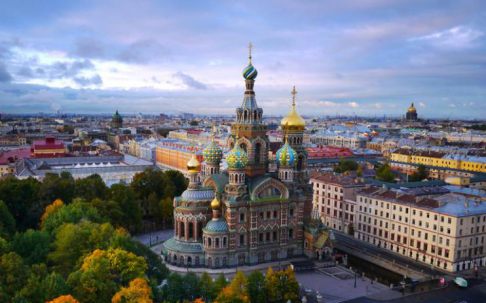
Saint Petersburg
Saint Petersburg (Russian: Санкт-Петербу́рг) is Russia's second-largest city after Moscow, Situated on the Neva River, at the head of the Gulf of Finland on the Baltic Sea, it was founded by Tsar Peter the Great on 27 May [O.S. 16 May] 1703. During the periods 1713–1728 and 1732–1918, Saint Petersburg was the capital of Imperial Russia. In 1918, the central government bodies moved to Moscow,[10] which is about 625 km (388 miles) to the south-east.
Saint Petersburg is often considered Russia's cultural capital. The Historic Centre of Saint Petersburg and Related Groups of Monuments constitute a UNESCO World Heritage Site. Saint Petersburg is home to the Hermitage, one of the largest art museums in the world. Many foreign consulates, international corporations, banks and businesses have offices in Saint Petersburg.
Public Transport In Saint Petersburg
You can get around Saint Petersburg by public transport (metro, buses, trolleybuses and trams) and by private commercial transport (buses, minibuses and taxis). The city doesn’t have a light rail system. The best way for moving is subway, the best way for paying is a travel card or a timely-limited tickets that enables payment across all types of public transport.
Bus
There are two kinds of buses in St. Petersburg. Public buses are operated by the city’s company, and the private ones are owned by private companies. Often they all run along the same routes. The difference here is in fare and the fact that private buses do not provide any special prices, discounts to students, disabled people, retirees etc., and the fare here is higher. The commercial buses all are marked with letter K (or T) as on photo below, for example, K-1, K-154.
People call the commercial buses «marshrutka» (single) and «marshrutki» (plural) originative from Russian word «marshrut» (route).
Unlike public kinds of transport, commercial ones can stop at any spot you want along the route, you just have to ask a driver in advance. Public buses stop only at official stops.
How to pay: For commercial buses there are two options. 1. You pay when enter. That’s right for about 90% of all commercial routes. You can see a sign Оплата при входе (Pay when enter). The money is given to a driver. 2. You pay when exit. In this case a sign reads Оплата при выходе (Pay when exit).
Public transport provides the same options. The money is given to a fare collector that sells you a ticket in the bus or the fare is collected by a driver in the front part of a bus.
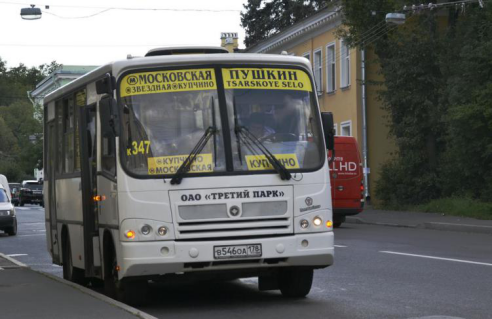
Subway (metro) system
The St. Petersburg’s subway (metro) system runs five lines with interchanges between them (see the map). Each of them has its official name, but the locals refer to them by the names of the colors: red instead of Kirovsko-Vyborgskaya, blue instead of Moskovsko-Petrogradskaya etc.
The most of the stations are located underground and four – Devaytkino, Kupchino, Rybatskoe, Parnas – on the ground.
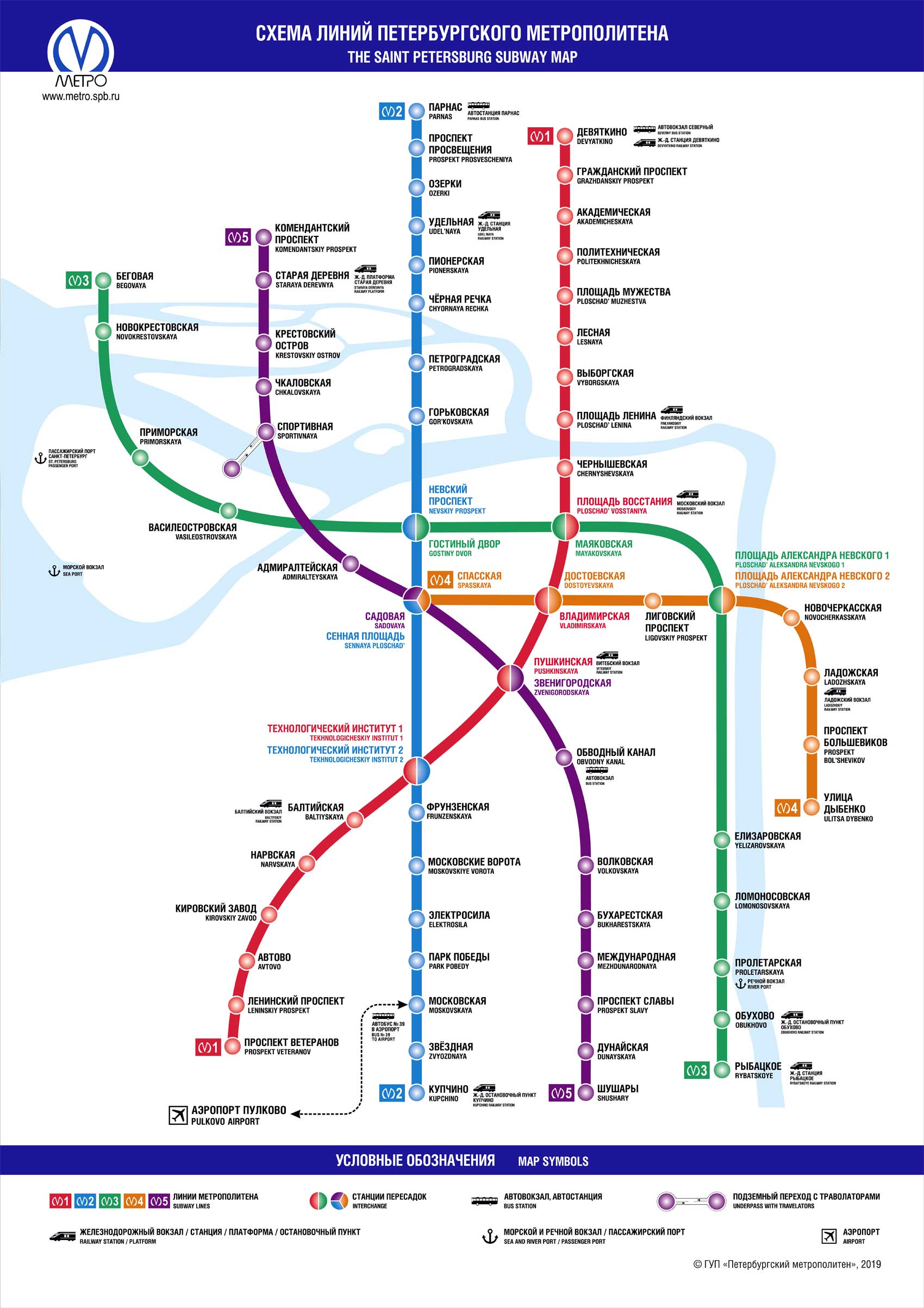
Finding an entrance to a station on the street is easy by the mark M (on the photo below).
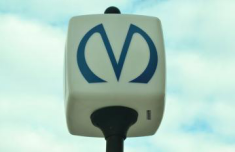
How To Pay: The St. Petersburg’s subway is a single travel zone. A ticket is valid since the moment you have entered and until you have gone out through a turnstile no matter how long you had been inside and how long you had traveled. You can purchase tokens and cards / recharge cards at a ticket office and with the help of automated machines (on photo below).
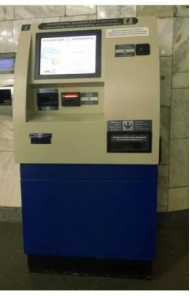
Electrical Plugs in St. Petersburg
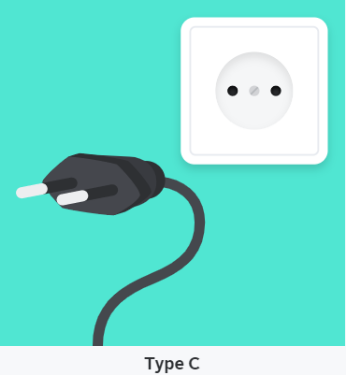
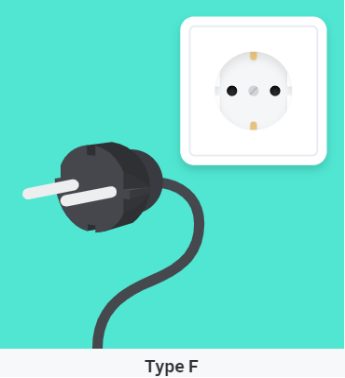
For Russia there are two associated plug types, C and F. Plug type C is the plug which has two round pins and plug type F is the plug which has two round pins, with two earth clips on the side. Russia operates on a 220V supply voltage and 50Hz.
Currency (₽, руб / р)
The Russian ruble or rouble (sign: ₽, руб; code: RUB) is the currency of the Russian Federation. It's better to have some cash ($200-400 US - just enough for initial expenses - transport, accommodation, food) when you come to Russia and the rest – on your credit card. If you're going to small towns, cruises, tours or to the countryside, it's better to take cash only, because you might have problems cashing the cards or travelers' cheques.
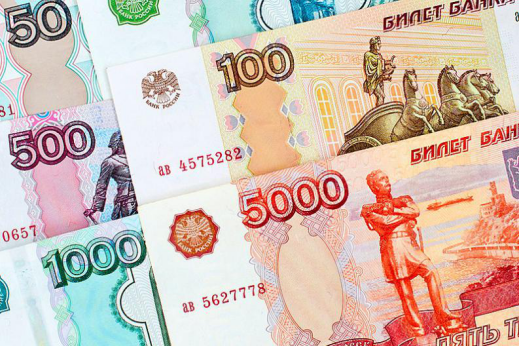
Visa
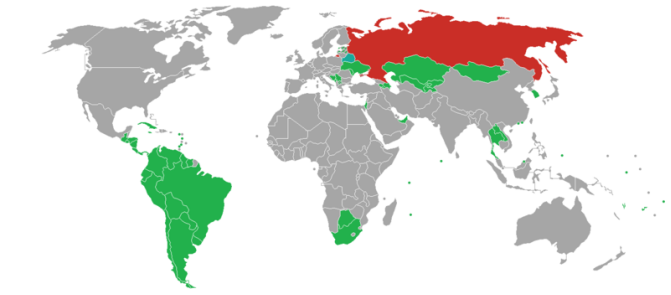
Russia including Crimea
Freedom of movement
Visa waiver countries and territories
Visa required for entry to Russia
The Government of Russia has implemented E-visa in order to speed up the visa approval process. The new online process simplifies the procedures to enter regions in Russia by allowing travelers the option to apply directly online for a visa.
The Russia E-visa grants a single entry into the country,up to 8 days from the date of arrival in the selected region chosen at the moment of application.The E-visa for Russia is valid for 30 days. Passports must have a minimum validity of at least six (6) months from the date of arrival in Russia.
Citizens and nationals from the countries listed below are eligible to apply online for a Russia E-visa to visit various regions in the country. Among these countries are China, Japan, and EU member states.
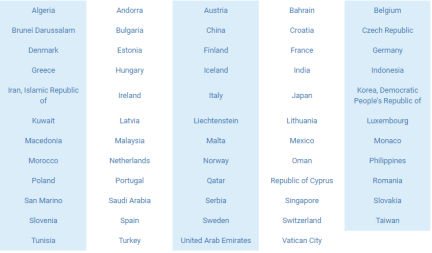
Climate
In St. Petersburg, a city located in northwestern Russia, the climate is continental, with freezing winters and pleasantly warm summers. Snowfall is frequent in winter as well as rainfall in summer. The wind often blows, although it calms down a bit in summer.
St Petersburg - Average temperatures
Month | Jan | Feb | Mar | Apr | May | Jun | Jul | Aug | Sep | Oct | Nov | Dec |
Min (°C) | -8 | -8 | -4 | 2 | 7 | 12 | 15 | 13 | 9 | 4 | -2 | -6 |
Max (°C) | -3 | -3 | 2 | 9 | 16 | 20 | 23 | 21 | 15 | 9 | 2 | -2 |
Min (°F) | 18 | 18 | 25 | 36 | 45 | 54 | 59 | 55 | 48 | 39 | 28 | 21 |
Max (°F) | 27 | 27 | 36 | 48 | 61 | 68 | 73 | 70 | 59 | 48 | 36 | 28 |